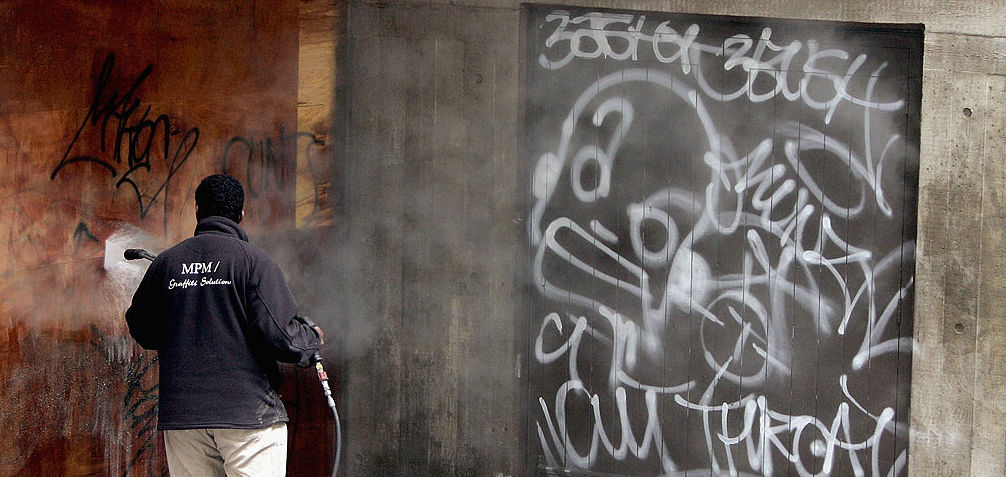Today’s unemployment numbers may seem reassuring, and show that the furlough scheme is working: the headline measure of unemployment was unchanged for now.
But the day also showed us what’s about to hit in the coming months. A record drop in job vacancies and self-employment. The unemployment benefit claimant count soaring from 1.2 million people in March to 2.8 million now. These are the first signs of an unprecedented economic storm.
Early 1980s levels of unemployment could be back soon. Shops and hospitality, normally employing a large amount of young people, are going to struggle to back on their feet. GDP has plunged back to where it was in 2002.
Rishi Sunak has had a good crisis, shredding Treasury orthodoxy with schemes for the government to pay people’s wages. But things are only going get tougher from here.
There’s a thousand things we need to do to fight the recession, but above all we have got to fight to get unemployment down.

In previous recessions we had schemes to help young people get jobs: the “YTS”, the “New Deal”, etc. In a “normal” recession, the evidence suggests focusing such schemes on matching people to jobs, getting them work experience, and so on.
But in a cluster-recession of this magnitude, we need more.
One lesson I take from previous jobs schemes is that you need a backstop. You need a block of jobs government can place people in, to guarantee hope to people who don’t find work after months of trying.
Economists are pretty clear that long-term unemployment has a sort of “scarring” effect. People on the dole get de-skilled, detached, and their mental health suffers. Years later they are still earning less than similar people who weren’t unemployed. There’s even evidence their kids earn less.
If this storm is as bad for unemployment as it looks, we need the government to create useful work. Now is the time to put long-held national missions into practise.
Let’s get an army of young people to eliminate the graffiti that disfigures this country.
Let’s tidy Britain until it looks like Switzerland, where you can eat your dinner off the pavement.
Let’s insulate thousands of houses… or turn National Citizen Service into something way bigger than it is… or plant trees. Take your pick.
The economics are clear and the politics I think are too. Last year’s election proved the concept, fusing centrist economics with sensible social conservatism and national self-confidence. In a tough spot, people are going to want an egalitarian kind of conservatism, long after the furlough scheme has ended.











Join the discussion
Join like minded readers that support our journalism by becoming a paid subscriber
To join the discussion in the comments, become a paid subscriber.
Join like minded readers that support our journalism, read unlimited articles and enjoy other subscriber-only benefits.
Subscribe